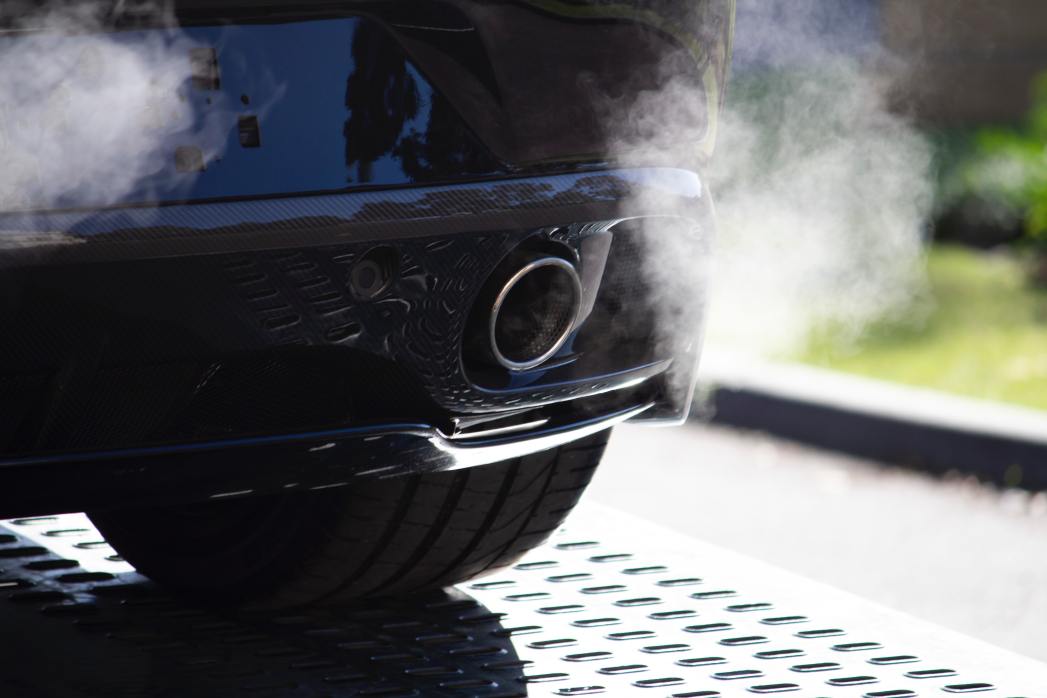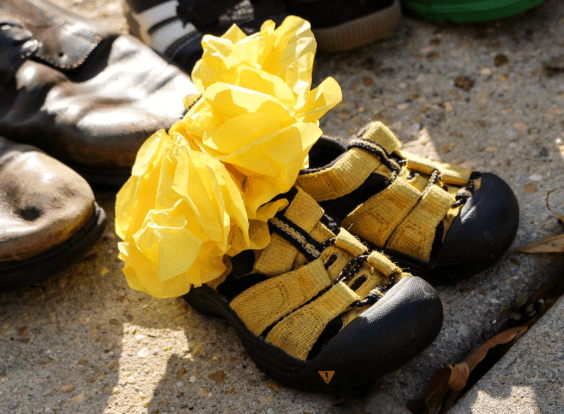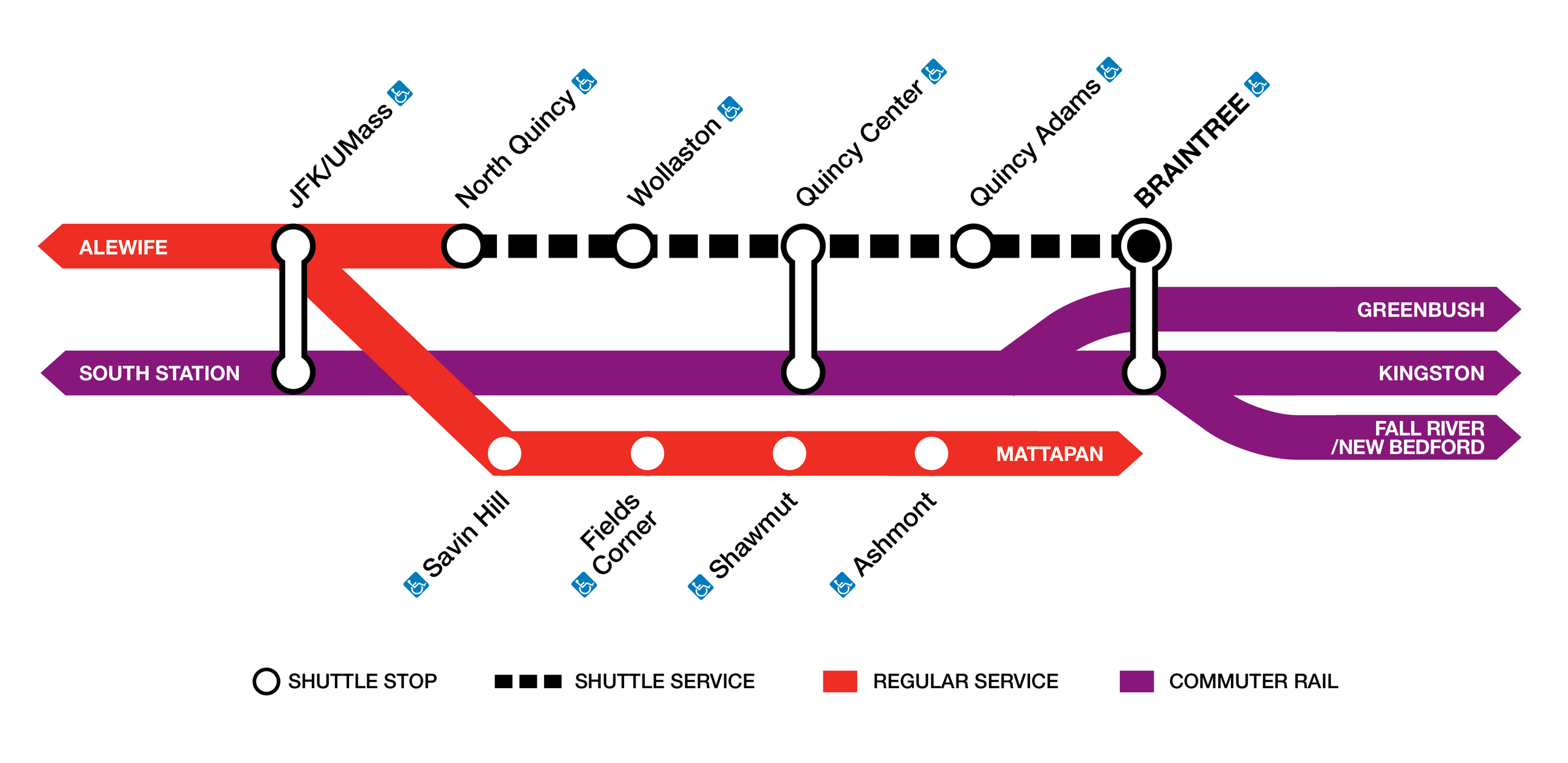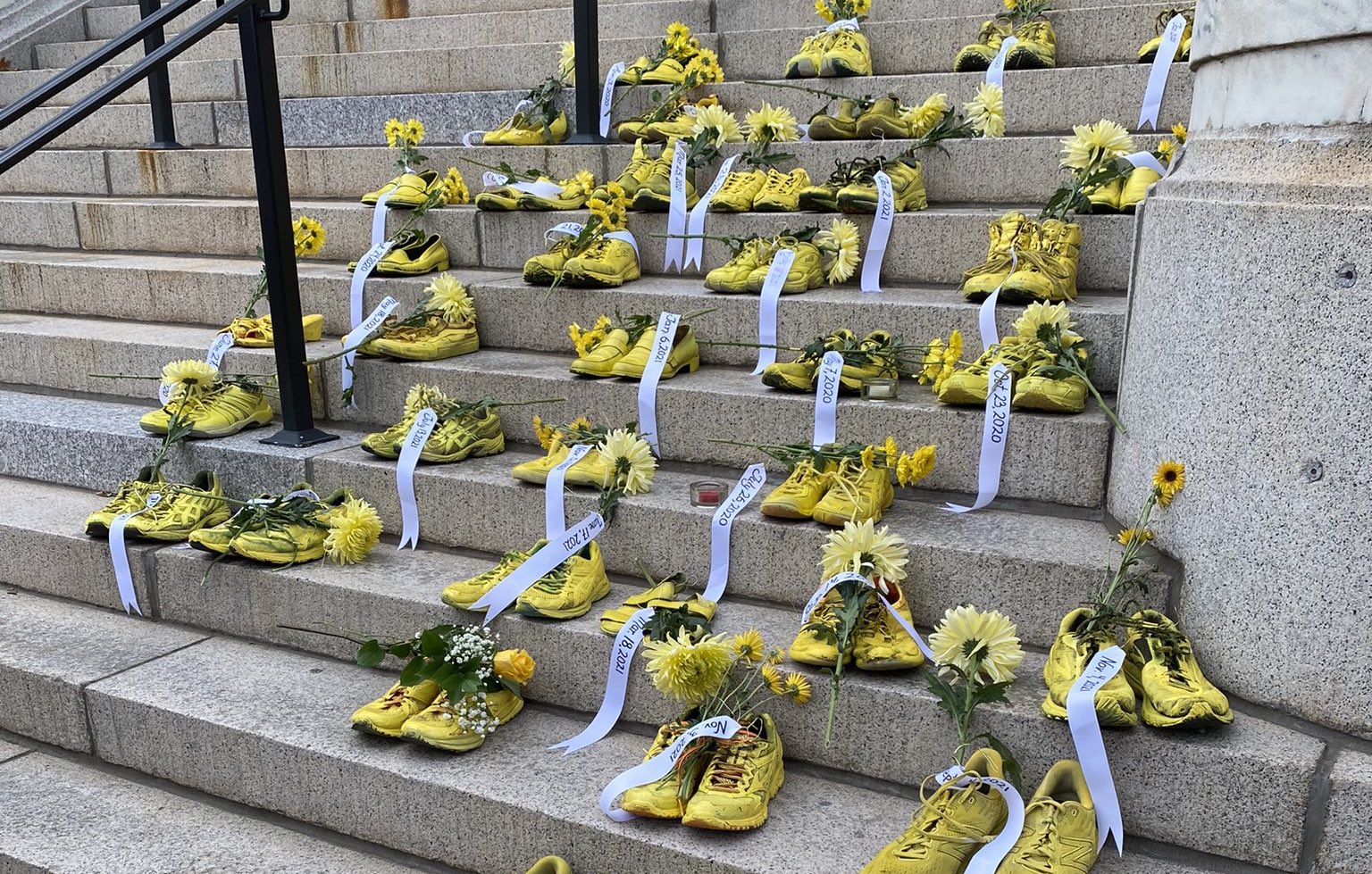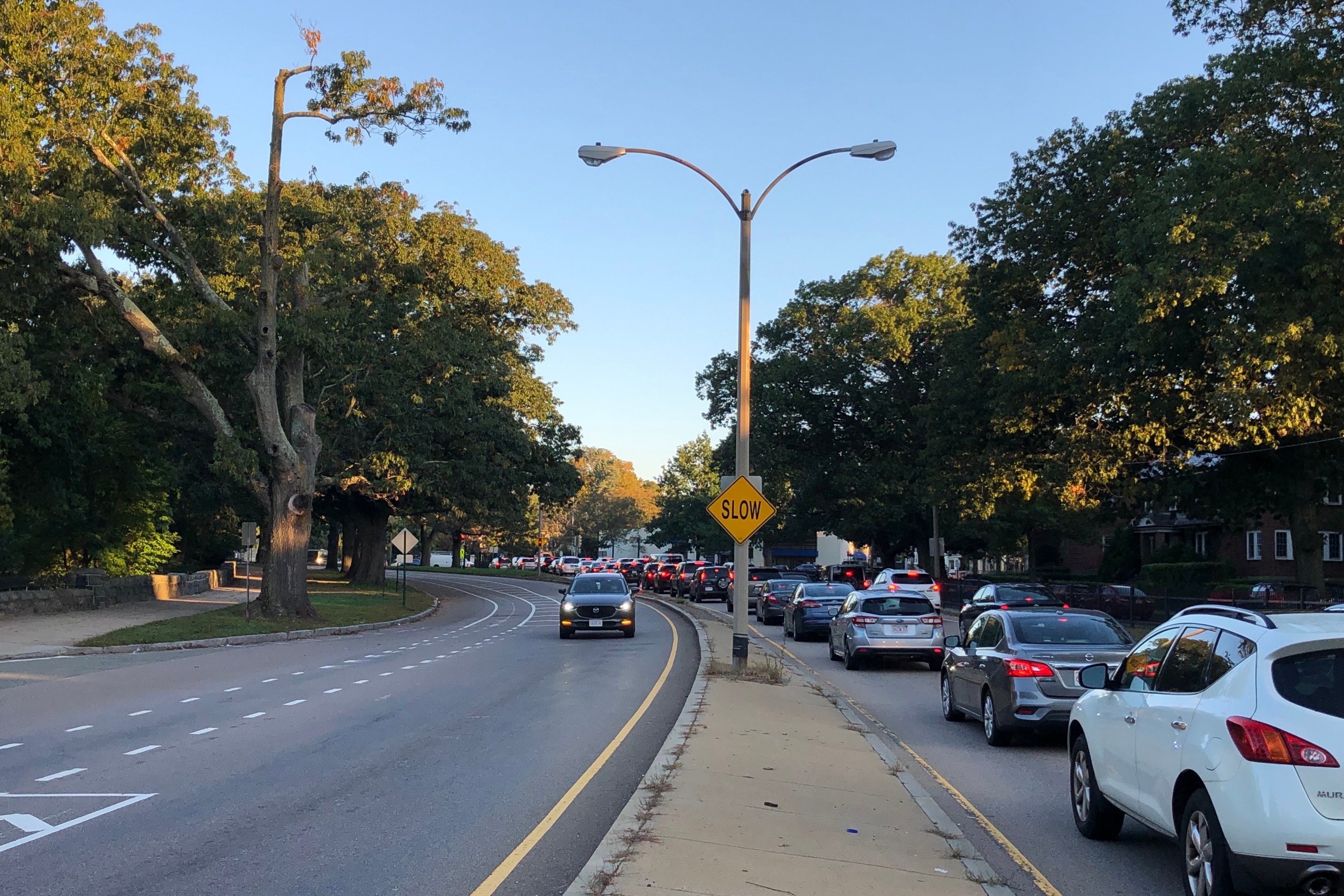A year after its inaugural meeting to suggest safety improvements for the B.U. Bridge, the B.U. Bridge Safety Alliance convened another public meeting last Thursday evening to discuss progress so far with B.U. students and other community members.
The Boston University Bridge Safety Alliance was formed in January 2023 from a group of advocates across organizations and identities.
The speakers on Thursday night included advocates from adjacent neighborhoods, stakeholders from advocacy organizations, and representatives from state agencies and the Boston Transportation Department.
Senator William Brownsberger and Representative Mike Connolly also made appearances and statements, speaking to the importance of prioritizing cyclist and road user safety and leveraging partnerships with the Department of Conservation and Recreation (DCR) and MassDOT to do so.
In its current form, the B.U. Bridge is very busy, very narrow, and both ends have complex traffic conditions. The bridge carries 40,000 cars a day, 2,000 bikes a day, thousands of pedestrians, two MBTA bus routes, and several private shuttle bus routes.
Knowing that the 40-foot-wide bridge isn’t getting any bigger, advocates are focusing on quick-build, low-cost improvements.
The alliance has developed recommendations, shared them with agencies like DCR, MassDOT, and local organizations, received 850 community signatures on a petition, and hosted public meetings, including the current one, to get feedback and push for implementation.
“I used to bike through this area every day with my 2 year old, but will never ride on the road again without fully protected bike lanes. Drivers do not respect paint.”
Laura Frye-Levine
Cyclist safety
For cyclist safety, Peter Furth, Co-Founder of the B.U. Bridge Safety Alliance, presented several recommendations.
First, Furth recommended that MassDOT place flex posts along bike lanes on the bridge, similar to the Museum of Science bridge or Harvard St. in Coolidge Corner. This would not change the width of the travel lane, while keeping cyclists physically separate from cars.
The Alliance also proposes to have signal separations and distinct phases for those taking right turns to leave the bridge. This would give time for cars to make right turns, then a separate signal phase to give the go-ahead for cyclists and pedestrians while cars in the turn lane see a red light.
The Alliance would like to have the DCR make additional safety improvements to the rotary on the north side of the bridge. Coming off the ramp from Memorial Drive, the group suggests changing the yield signs for cars to stop signs, so that drivers take more time to see people on foot and on bikes.
Finally, the bridge bike lane would be relocated to the road’s edge and separated by flex posts, eliminating the unprotected "pocket bike lane" between traffic lanes.
The use of flex posts are controversial, with public comment from Katie O’Connor and Alex Auriema advocating that they’re “physical reminders that these bike lanes are important” and “better than nothing. But let’s be more ambitious and get better, actual protection.”
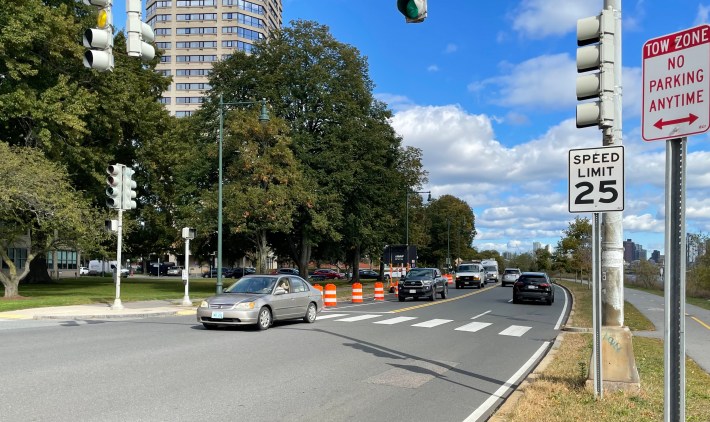
Pedestrian considerations
On the south side of the bridge, Furth shared recommendations to enhance safety at the intersection with Commonwealth Avenue.
First, the alliance is requesting signal separation at the intersection – that is, giving turning cars a red light when pedestrians have a walk signal – and redesigning the lanes to create two right-turn-only lanes to remove conflicts between pedestrians and right-turning cars. A short phase will allow drivers making right turns to clear, followed by a longer phase dedicated to pedestrians, bikes, and other through traffic.
Second, pedestrian crossings on the Cambridge side of the B.U. Bridge would be synchronized and timed so that pedestrians could cross both crosswalks in one cycle without waiting for a second walk sign in the island that splits traffic at the entrance to the bridge.
They also recommend adding a crash barrier near the B.U. Boathouse to protect pedestrians from turning vehicles mounting the sidewalk.
The Alliance argues that many of these proposals could be implemented within the next year:
Advocates respond
Brendan Kearney from WalkMassachusetts expressed appreciation for the efforts to create safer, more convenient crossings for those biking and running. He specifically named reducing the right turn conflict with people walking across Comm. Ave., and the shorter crossings on the Cambridge side.
Jerry Zhou, a Boston University junior, and president and founder of the Boston University Urbanist Club, spoke to the young, local perspective of students. Citing the campus as the home for thousands of students and the B.U. bridge as the sole connector between East/Central and West Campus, Zhou said he supports the changes and believes they will greatly benefit the lives and communities of students, but also pushed for additional safety improvements to Commonwealth Avenue between Kenmore Square and the B.U. bridge.
Zhou said that he had already been caught in two low-speed collisions, and thinks it’s only a matter of time before a vulnerable road user is hurt or killed due to “infrastructure that enables reckless driving and the convenience of drivers above all.”
“Changes are much needed,” Zhou added.
Some recommendations are already underway
Many players have a hand in the B.U. Bridge area: DCR owns Memorial Drive, the river paths and the rotary, MassDOT owns the bridge and Comm. Ave. intersection; the City of Boston operates the traffic signals; the MBTA operates the bus service over the bridge, the City of Cambridge owns the streets and approaching bridges, and the town of Brookline owns the streets to the south. That means that any improvements require the collaboration, cooperation, and creativity of many government agencies.
Jason Santos and A.J. Tourigny from DCR shared an update on the agency’s recent work on the north side of the bridge, including widening sidewalks into shared-use paths, expanding and adding wheelchair and bike ramps, and repaving and expanding sidewalks. The agency is also repaving the sidewalk under the Reed Overpass, and removing a retaining wall to expand the path in front of the B.U. Boathouse.
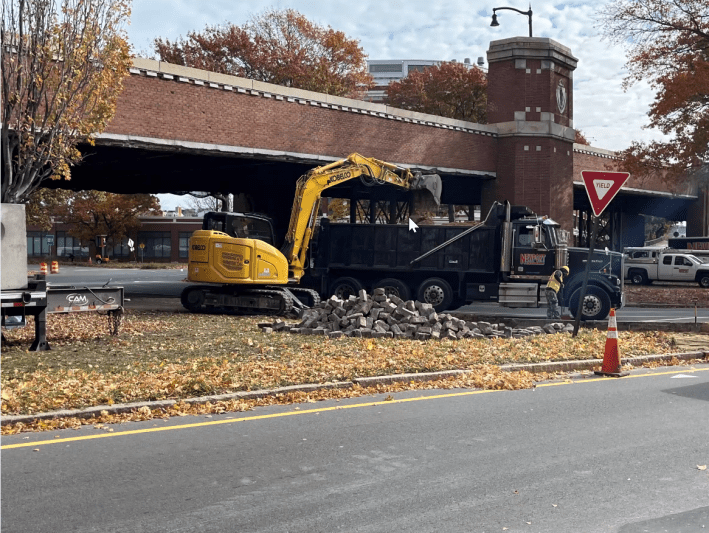
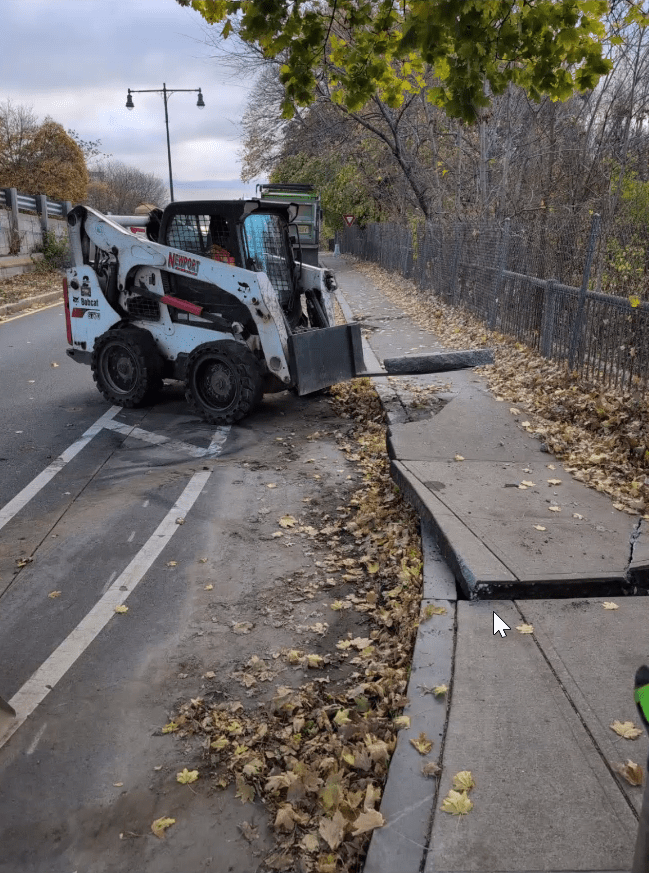
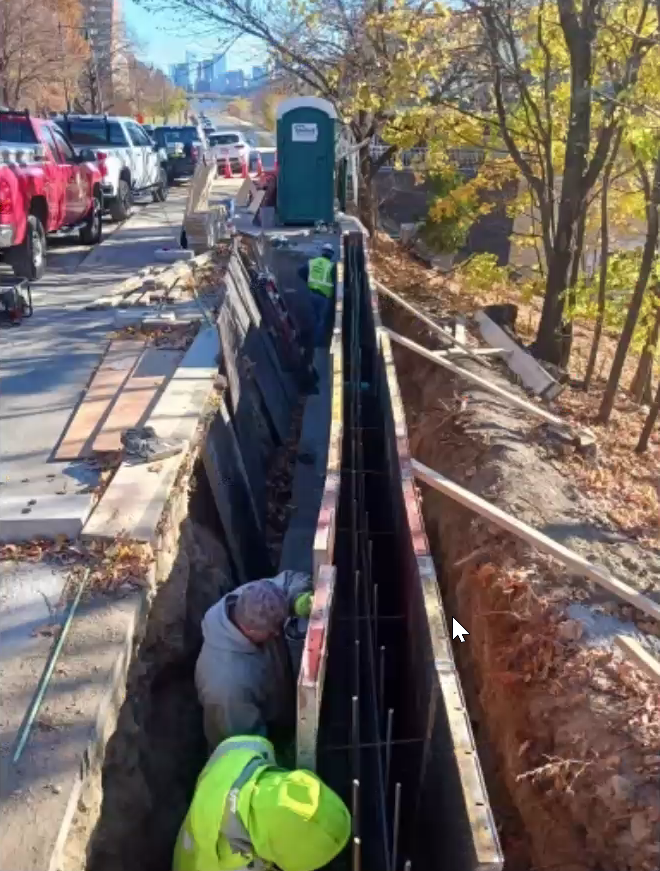
John Monticelli of the City of Boston’s Infrastructure and Design team presented the city’s safety and accessibility improvement proposals for the southbound approach to the B.U. Bridge, which were developed in partnership with community stakeholders and the DCR.
To address conflicts between right-turning vehicles and pedestrians, bike lane safety at the downhill crossover point, and insufficient clearance times for cyclists, the city plans to shift the bridge’s southbound bike lane to the curb, separate phases for vehicle and pedestrian/cyclist movements, and recalculate red-light intervals for cyclist safety. These changes could potentially happen as early as this fall or winter.
The 90-minute meeting held space for grief for community members like John Corcoran who have been killed in recent car crashes, frustration in what hasn’t yet been done, hope in governmental response and progress, and excitement for the various project implementations.
Looking out at those in attendance at Thursday night's meeting, Steve Miller, one of the founding members of the Safety Alliance, remarked that “there’s a room full of smiling people happy to hear what’s being done.”
To stay in the loop and learn more about this work, email Ken Carlson (kencarlson8@gmail.com) of the B.U. Bridge Safety Alliance.

